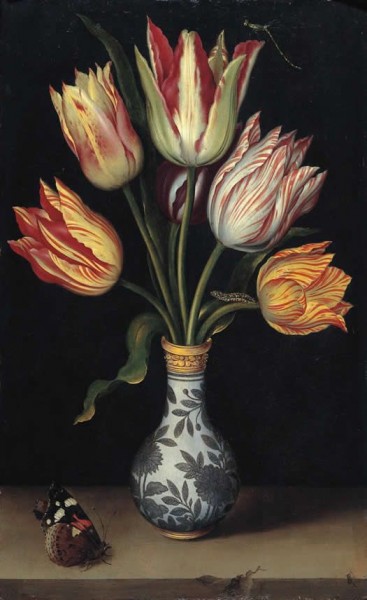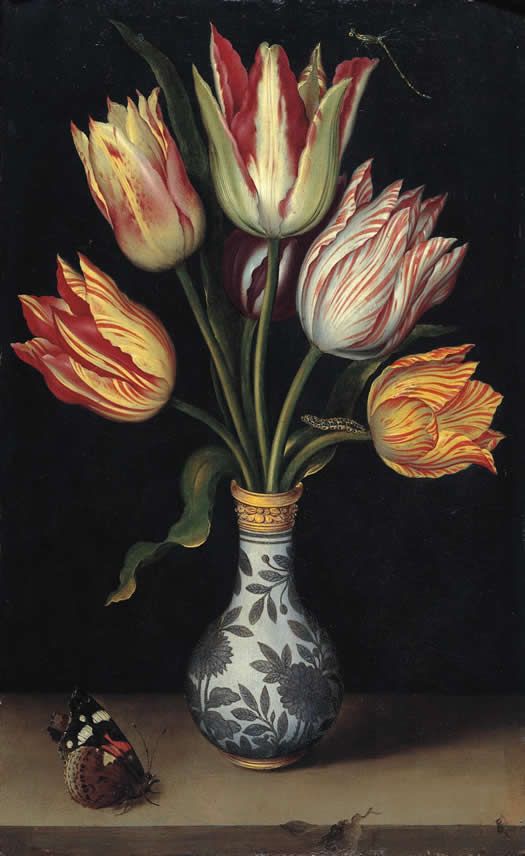
Early Seventeenth Century Holland: Ambrosius Bosschaert Tulips in a Wan-Li Vase c 1619. This painting is now going on the Persephone Books Instagram ‘feed’. Some of the readers of the Post may not ‘do’ Instagram but really it is so worth doing and now that we all have so much time, there are instructions on the web about how to download it, you can choose who to ‘follow’ and we heavily recommend it. If you go to @fransbookshop for example, you will be able to enjoy a Dorothy Whipple short story being read today at 11 (“Elevenses with Fran’) UK time. The short story is ‘Boarding House’ and this is what we wrote on The Closed Door and Other Stories page: ‘There is an intimacy in Dorothy Whipple’s writing. but naturally this intimacy does not appeal to everyone. We feel that it appeals to people who like Elizabeth Taylor and yet this is not always the case: we have a friend who adores Elizabeth Taylor but cannot love Dorothy Whipple (yes, there are people).Yet one cannot but suspect that the younger novelist learnt a great deal from Dorothy Whipple. Take the short story in Every Good Deed and Other Stories called ‘Boarding House’ (written in about 1940, just when Elizabeth Taylor was beginning her career as a writer). It is about a rather deplorable woman called Mrs Moore who ruins things for everyone else when she arrives at a small hotel – because she is bored and lonely. ‘“It’s cutlet for cutlet,” she thought bitterly. “I can’t entertain, so no one entertains me now. To think that I should have to come to a place like this. After the life,” she thought, “I’ve lived.”’ The last sentence is pure Elizabeth Taylor. A lesser writer would have put ‘After the life I’ve lived,’ she thought. Why it is funnier and so much more expressive to put ‘she thought’ in the middle of the sentence is a mystery; but it makes all the difference. And why ‘It’s cutlet for cutlet’ is funny is also a mystery, but it certainly is.’
